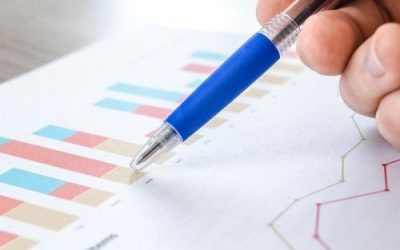A fixed asset register system will transform your operations. Save time and money with increased transparency and control over your assets.
itemit Asset Tracking Blog.
Learn more about the world of asset tracking software
Topics
Industries
When To Use Asset Register Software
Find out when to use asset register software. Improve your fixed asset management operations and lose fewer assets. Save time and money.
The Benefits Of Fixed Asset Register Software
What are the benefits of fixed asset register software? Find out more about how you can track and manage your fixed assets.
How Honeyguide Are Using itemit For A Not-For-Profit Fixed Asset Register Solution
Honeyguide is using itemit as a non-profit fixed asset register solution to track their conservation assets. Find out more about fixed asset tracking here.
How Does Fixed Asset Tracking Software Save Your Business Money?
Find out more about how fixed asset tracking software will save your business time and money. Use asset tracking operations for more control over tools.
Saving Time And Money With Fixed Asset Tagging
Find out more about how you can save time and money with fixed asset tagging. Use RFID asset tracking to take your operations further.
Fixed Asset Tracking: The Ultimate Guide
Fixed asset tracking software will save you time and money. Find out more about how it works and how your business can use it. Contact us for more details.
Using Fixed Asset Management Software To Track Your Assets
You can use fixed asset management software to track your asset information and data. View where your assets were last and track depreciation with itemit.
How To Deploy Your Fixed Asset Tracking Software
Find out more about the best ways to deploy your fixed asset tracking software across your business. Start saving time and money in an instant.
How Chichester Festival Theatre Are Using itemit For Fixed Asset Management And Prop Tracking
Chichester Festival Theatre are using itemit for better prop asset tracking, fixed asset management, and more! Sign up today for your 14-day free trial.
What Is The Best Fixed Asset Tracking Software 2021?
What is the best fixed asset tracking software in 2021? Find out about the applications and functionality of fixed asset tracking software here.
3 Reasons Why It’s The Best Time To Buy Fixed Asset Management Software
There’s never been a better time to purchase fixed asset management software. Find out with 3 reasons why you need to track your assets.
Don't just track it. itemit.
Start your trial. 14 days. No risk. No credit card.








